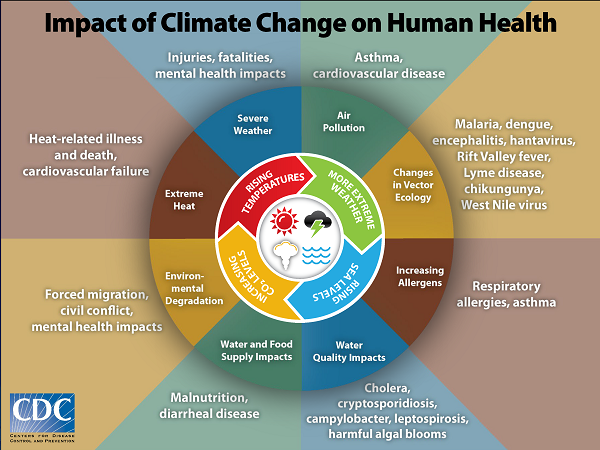The Issue
While we are observing these changes climate changes today, the details of the long-term threats such as total depth of sea level rise are difficult to accurately predict. For example, will sea level rise in 2050 be 1 or 3 feet? In 2100, will it be 3 or 7 feet? Since the expected life cycle for infrastructure and development investments is more than 50 years, these investments need to be resilient to these future changes.
Our Multi-Disciplinary Approach
Our team provides a wide range of engineering and science services to help our clients protect their investments from future climate change impacts. These services range from developing flood control programs ranging from watersheds to neighborhoods, developing alternative sources of energy such as solar developments and microgrid systems, providing flood protection for existing buildings and utilities, addressing water quality impacts to water supplies and recreational waters, and implementing green infrastructure in urban neighborhoods to both reduce flooding and reduce heat impacts.
Our strength is working with clients to develop hybrid techniques that utilize multi-disciplinary approaches to develop designs that cost-effectively improve project resilience. A good example of multi-disciplinary approaches is to incorporate natural systems into traditional gray infrastructure in order to make the systems more resilient to change. The value of natural systems is that they can naturally adjust to changes in conditions, require substantially less maintenance as well as provide a number of indirect impacts such as improving shade and habitat. These hybrid approaches not only make infrastructure and development more resilient but they also can significantly reduce capital and maintenance costs.
Climate and Sustainability Leadership Team
Fuss & O’Neill‘s Climate and Sustainability Leadership Team guides our practice in climate adaptation and mitigation,
as well as services that support sustainability goals and objectives for our public and private sector clients.

Diane Mas, Ph.D., RS/REHS, CC-P
Chief Resilience & Sustainability Officer
dmas@fando.com
Diane leads company-wide climate resilience services, is responsible for developing and implementing our Sustainability Policy, and provides technical support in water resources, health, and climate change.

Dean Audet, PE
Business Line Leader – Water and Natural Resources
daudet@fando.com
Dean leads our flood resilience practice, and identifies resilience funding solutions for clients whiles supporting our nature-based solutions and green infrastructure projects.
 Sara Morrison, MLA, WEDG
Sara Morrison, MLA, WEDG
Business Line Manager – Climate Adaptation
smorrison@fando.com
Sara leads our practice in coastal design and adaptation, living shorelines, and nature-based solutions to reduce climate impacts and maximize community benefits and return on investment.

Eileen Gunn, AICP
Business Line Manager – Water and Natural Resources
egunn@fando.com
Eileen focuses on resilient transportation systems and supports our clients seeking resilience funding at the state and federal level.
 Julianne Busa, Ph.D., CSE
Julianne Busa, Ph.D., CSE
Senior Resilience Scientist
jbusa@fando.com
Julie leads our inland resilience restoration practice and directs our Massachusetts Municipal Vulnerability Preparedness
(MVP) program initiative.
 Erik Mas, PE
Erik Mas, PE
Business Line Manager – Water and Natural Resources
emas@fando.com
Erik leads our watershed and green infrastructure resilience and adaptation planning and design services.
 Andrew Bohne, RLA
Andrew Bohne, RLA
Senior Landscape Architect
abohne@fando.com
Andy weaves economically-feasible and environmentally-conscious solutions into his designs,
which include bio-basin stormwater systems, pond design and restoration, bioswales
and rain gardens, open space trail networks, wetland restoration, mitigation,
and replication, natural channel design, and wildlife habitat enhancement areas.



